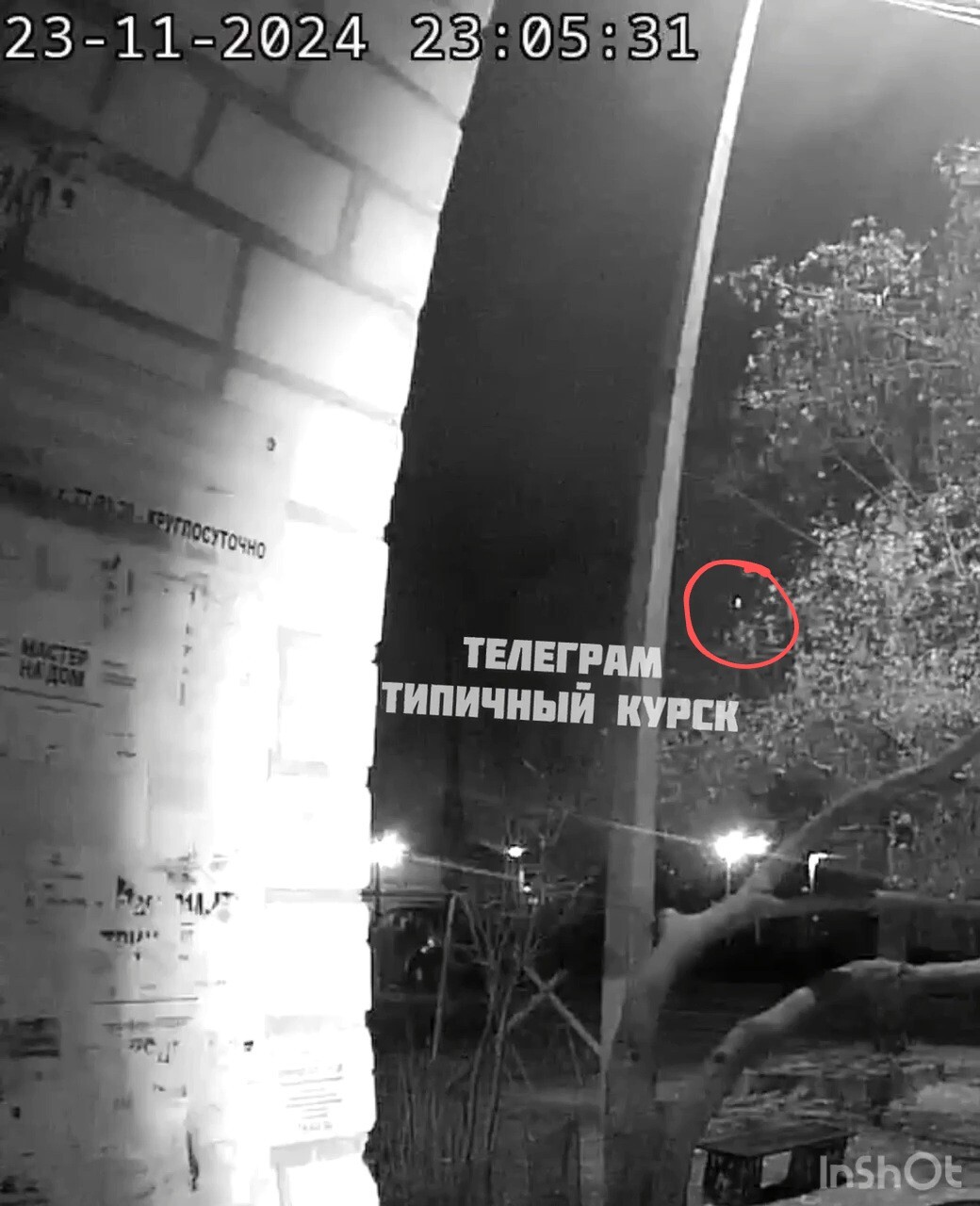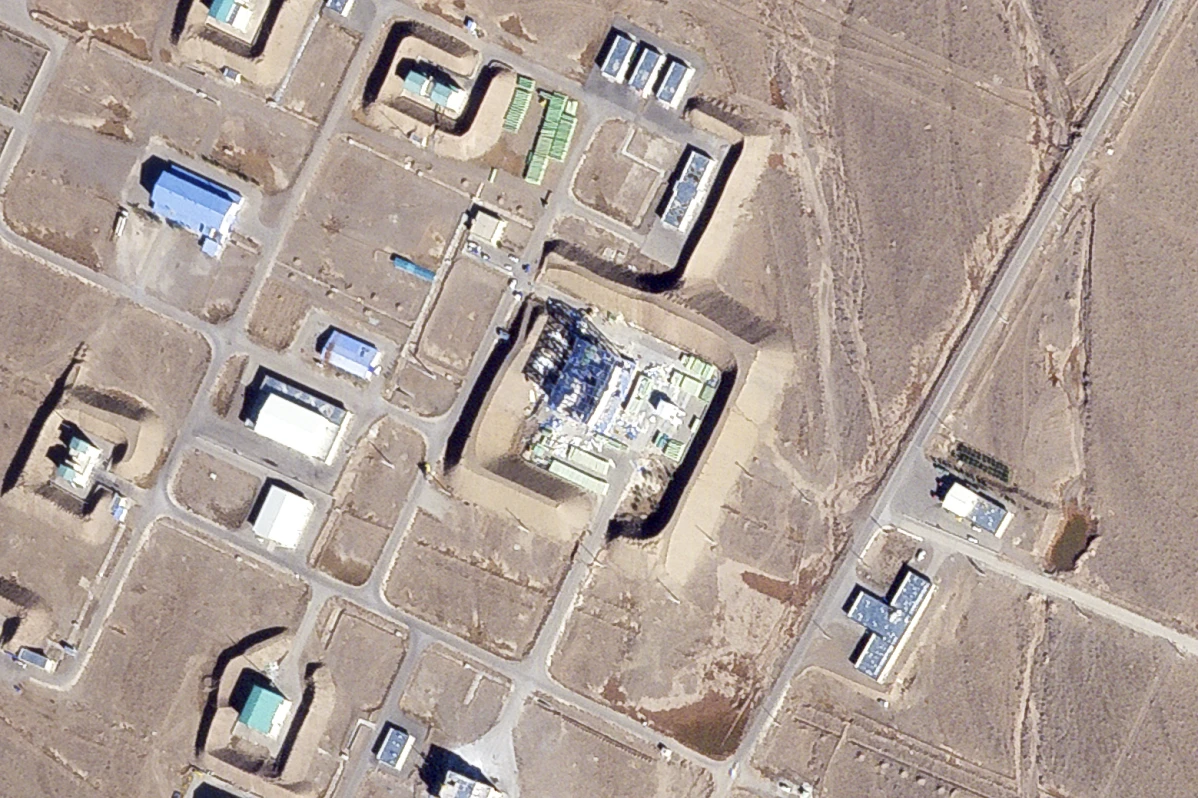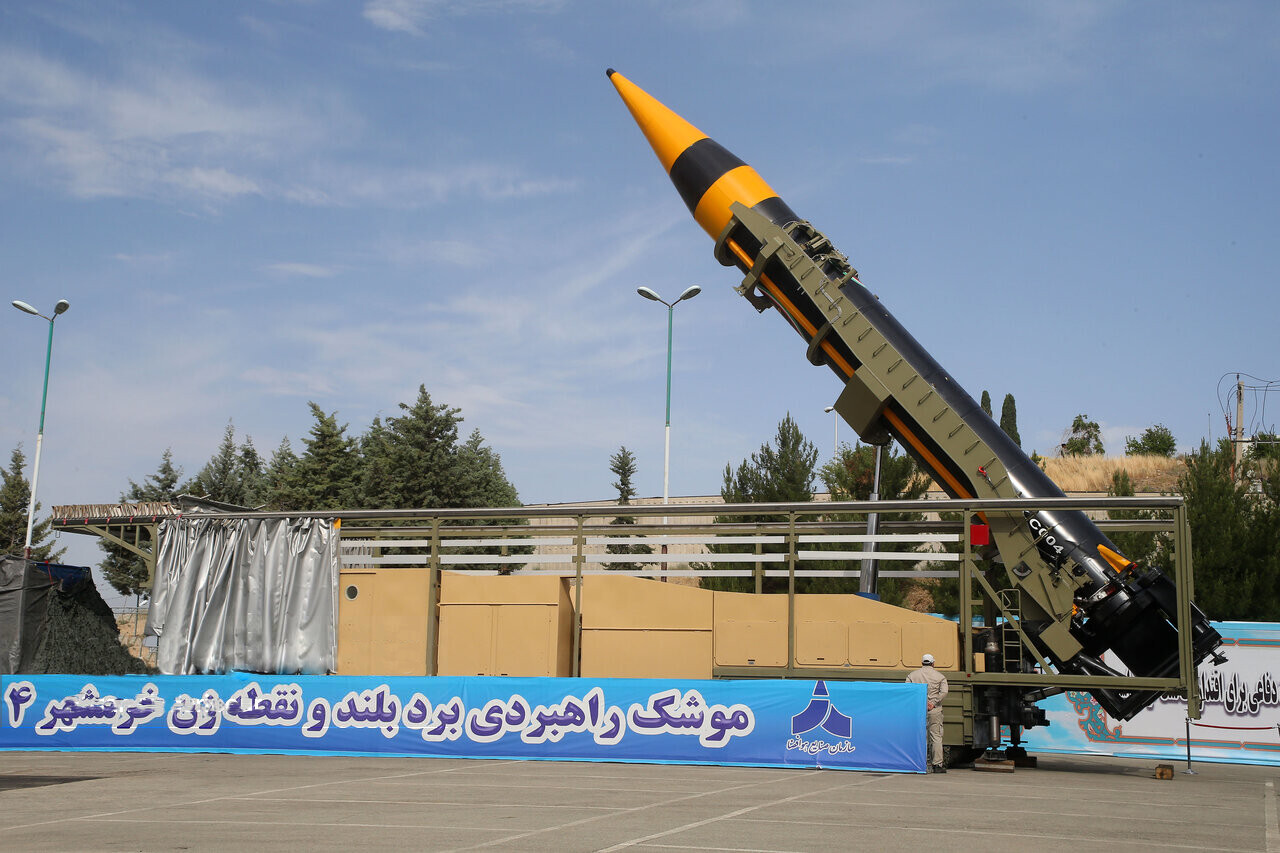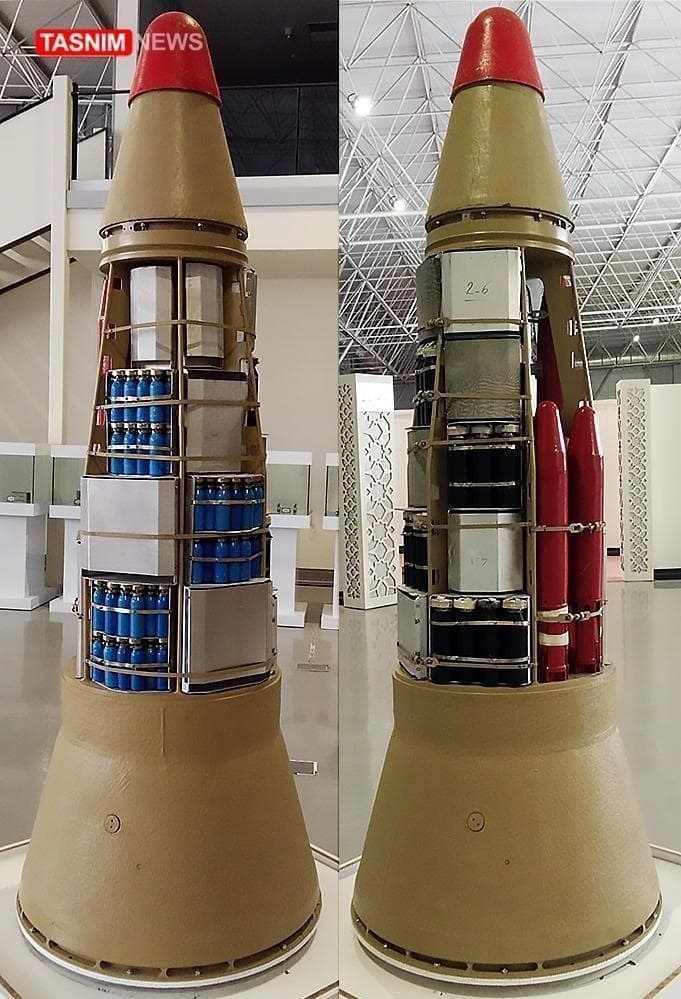Yes this strike is absolutely calling Putin's bluff, along with France now saying that Ukraine can use their version of the Storm Shadow/SCALP cruise missile for deep strikes into Russian territory. The ball is absolutely in Putin's court, and now we wait to see if he really will target NATO installations with CPS weapons like Oreshnik, or any other IRBMs or MRBMs Russia may have that we do not know about.
NATO's nuclear doctrine is set to be revised (apparently with regards to the B61 tactical nuclear weapon) after Russia unveiled the novel Oreshnik IRBM, so there is an element of nuclear posturing. How real it is, we'll only know once the missiles, bombs and strategic bomber aircraft start flying...





Here are the words straight from Putin's mouth.
Twitter source
Xcancel mirror